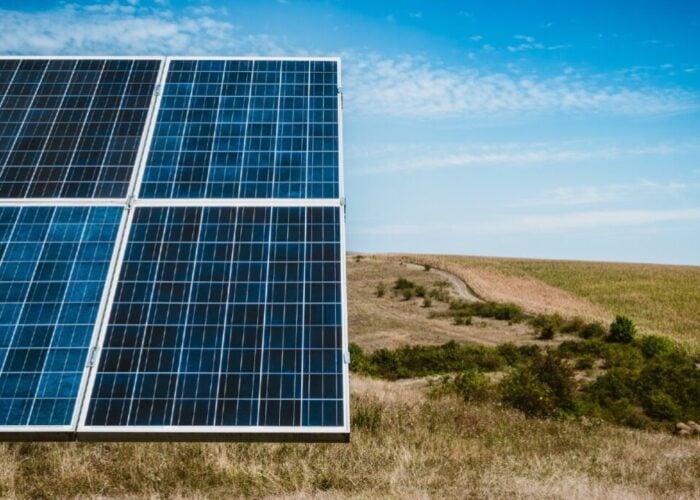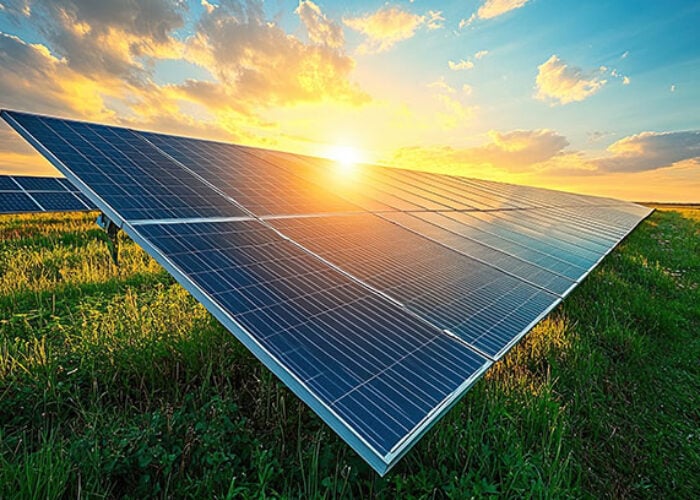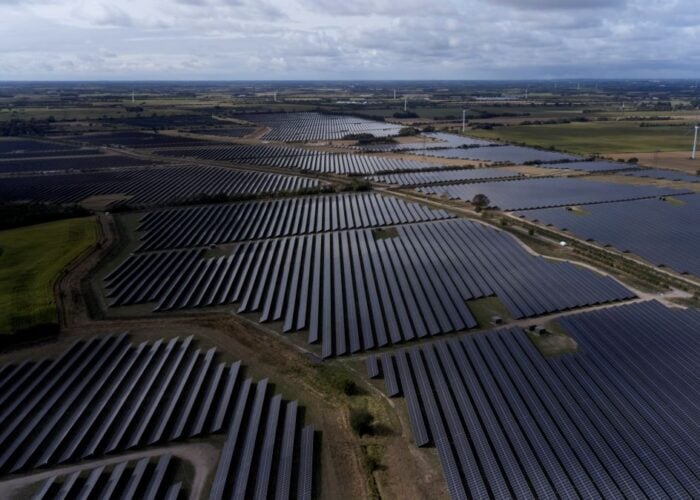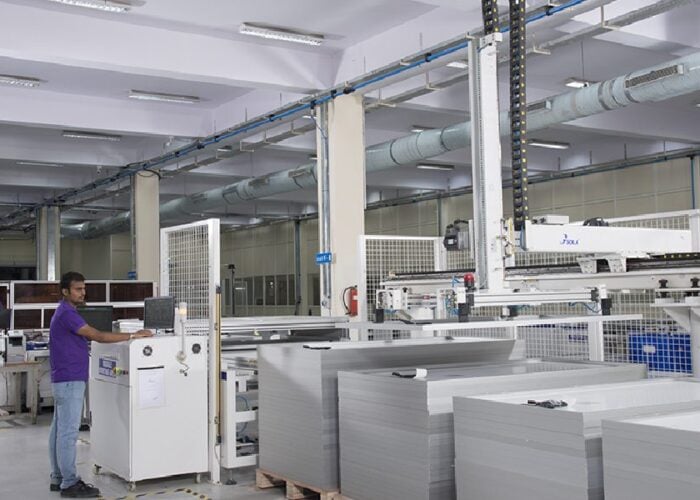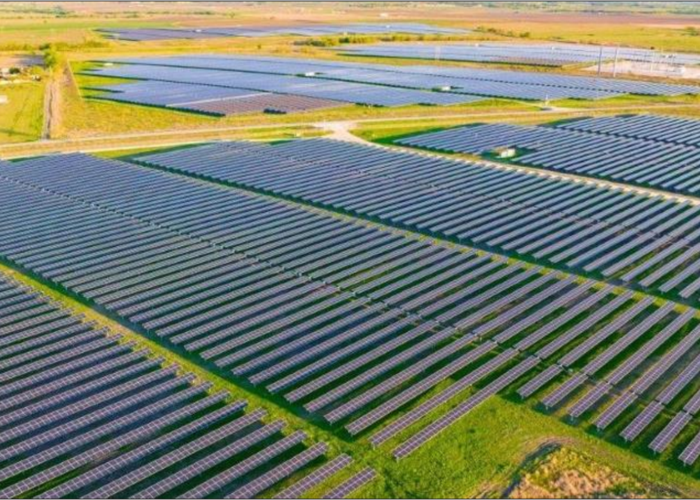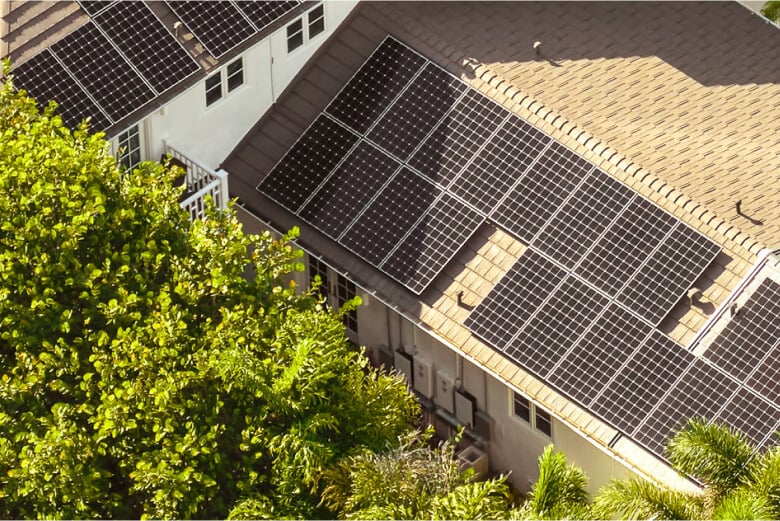
Victoria’s, Australia, Essential Services Commission (ESC) proposes dropping the minimum flat feed-in tariff for solar PV to AU$0.04/kWh from 1 July 2025-26, down 195% from the current AU$3.3/kWh in 2024-25.
The minimum flat feed-in tariff, outlined in the latest draft decision by the ESC, specifies the minimum payment that electricity retailers must provide to solar customers for the electricity they export to the grid. This decrease in valuation marks a significant change from previous figures.
Try Premium for just $1
- Full premium access for the first month at only $1
- Converts to an annual rate after 30 days unless cancelled
- Cancel anytime during the trial period
Premium Benefits
- Expert industry analysis and interviews
- Digital access to PV Tech Power journal
- Exclusive event discounts
Or get the full Premium subscription right away
Or continue reading this article for free
The draft decision also proposes two time-varying feed-in tariffs ranging from AU$0.0 to AU$7.5/kWh.
ESC has confirmed that the draft decision is open for consultation until 31 January. A final decision on minimum feed-in tariffs will be published by 28 February 2025.
According to Gerard Brody, chairperson of the Essential Services Commission, the new minimum flat tariff is built on the same methodology of previous years, factoring in wholesale electricity, costs of solar exports, avoided costs faced by retailers, and other social and environmental impacts.
“The lower feed-in tariffs reflect the widespread uptake and success of solar panels in the last few years, as Victorians have heeded calls to reduce carbon emissions and industry has increased renewable energy generation,” Brody said.
“The amount of rooftop solar in Victoria has increased by 76% since 2019, from approximately 446,000 systems to 787,000. This has both increased supply and reduced demand for electricity during the middle of the day, resulting in decreasing value of daytime solar exports.”
The ESC explained that the primary reason for this drop is lower daytime wholesale electricity prices. The increased number of households with rooftop solar PV systems has reduced demand and increased supply, driving down wholesale electricity prices, especially during daylight hours, when most solar exports occur.
Drop in feed-in tariff could incentivise BESS adoption
The drop in the minimum feed-in tariff could also impact home battery energy storage systems (BESS). As energy derived from rooftop solar PV becomes cheaper, households may be more incentivised to store it via home BESS units, which could result in an uptick in adoption rates for the technology.
ESC’s proposed minimum feed-in tariff comes as the Australian Energy Market Commission (AEMC) has released a final determination to enable virtual power plants (VPPs) to compete directly with large-scale generators in Australia’s energy market from 2027.
As reported by PV Tech earlier today, VPPs, commercial and industrial demand response, and aggregated batteries will be able to compete directly with traditional power stations with incentives in place those looking to participate will be available from April 2026.
This marks a first step in the organisation’s ambition to have consumer energy resources (CERs), such as distributed rooftop solar PV, supporting stability in the National Electricity Market (NEM).

